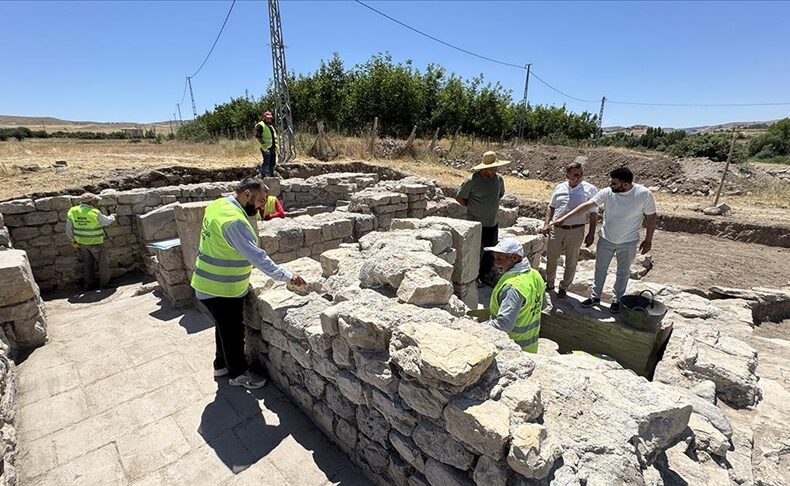
Ancient Roman Bathhouse Discovered Beneath Farmland in Eastern Anatolia
Archaeologists have uncovered a 1,700-year-old Ancient Roman bathhouse in a field in the village of Salkaya, located in Elazığ province in eastern Anatolia. The discovery, which was made possible through ground-penetrating radar (GPR) and systematic excavations, offers valuable insights into the region’s Roman past and is believed to have belonged to an elite social class of the Late Roman Empire.
The bath complex includes cold, warm, and hot rooms, a hypocaust (underfloor heating system), sweat rooms, pools, and both fresh and wastewater channels. With its advanced engineering and well-preserved structure, experts say the bathhouse stands out as one of the most significant Roman-era discoveries in the region.
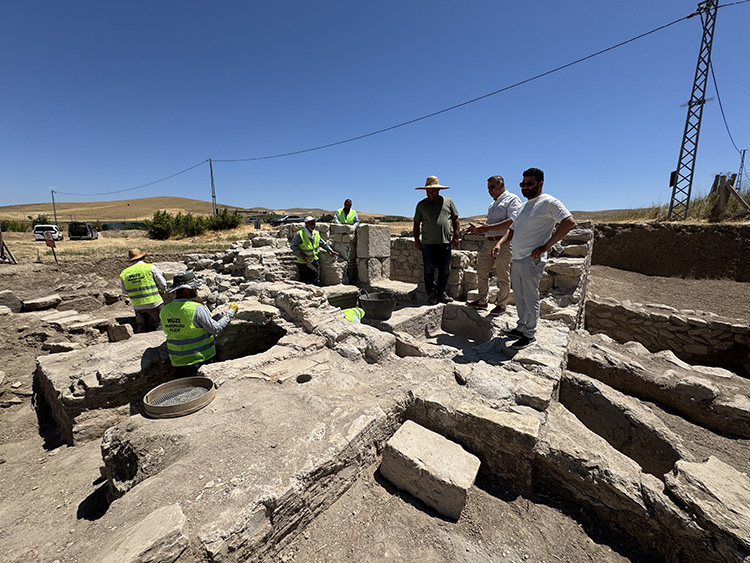
From Mosaic to Monument: Signs of an Ancient Settlement
The initial clue to the area’s rich history emerged in 2023 when a local farmer digging to plant cherry trees stumbled upon a colorful Roman floor mosaic adorned with animal figures. Following this discovery, researchers conducted GPR scans in the surrounding area and identified the outline of a larger structure just 70 meters to the south.
Excavations in 2024 confirmed the presence of a Roman bath complex covering approximately 75 square meters. This finding has expanded the archaeological significance of the area and sparked renewed interest in its ancient urban layout.
📣 Our WhatsApp channel is now LIVE! Stay up-to-date with the latest news and updates, just click here to follow us on WhatsApp and never miss a thing!!
“We Believe This Was a Roman Settlement”
Ahmet Demirdağ, Director of Culture and Tourism for Elazığ Province, emphasized the importance of the discovery:
“The architectural features and technical complexity of the bathhouse indicate that it was used by members of the upper class. This find strongly suggests that the area was once a Roman settlement. We have now registered 30 acres of land for further exploration.”
Demirdağ added that ongoing excavations aim to uncover more structures from the same period, further enriching the region’s cultural heritage.
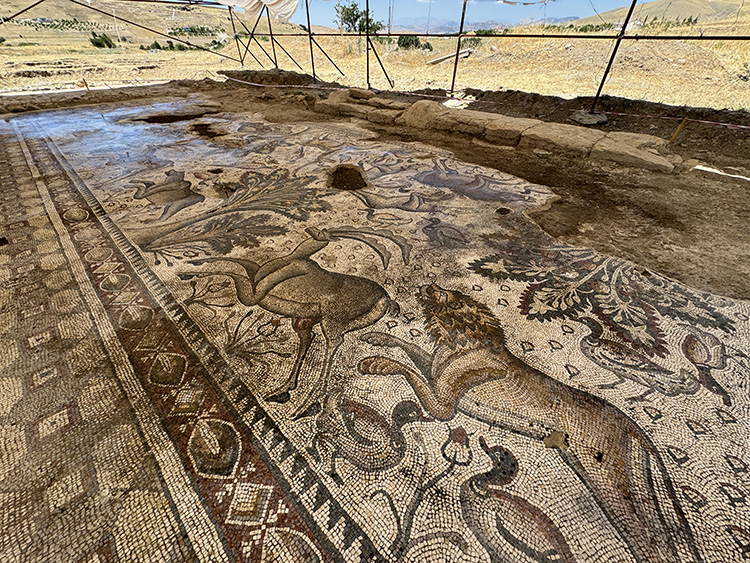
A First for Elazığ
Lead archaeologist Emre Çayır highlighted that this is the first Roman bathhouse of its kind discovered within Elazığ’s borders.
“The hypocaust heating system, the well-preserved layout of hot, warm, and cold rooms, and the use of basalt and limestone blocks all point to advanced Roman engineering. It’s remarkable that such a structure was hidden beneath agricultural land for so long.”
According to Çayır, the site offers not only architectural value but also deep insights into the public health practices, water culture, and daily life of Roman society in Anatolia.
Cover Photo: İsmail Şen/AA
You may also like
- A 1700-year-old statue of Pan unearthed during the excavations at Polyeuktos in İstanbul
- The granary was found in the ancient city of Sebaste, founded by the first Roman emperor Augustus
- Donalar Kale Kapı Rock Tomb or Donalar Rock Tomb
- Theater emerges as works continue in ancient city of Perinthos
- Urartian King Argishti’s bronze shield revealed the name of an unknown country
- The religious center of Lycia, the ancient city of Letoon
- Who were the Luwians?
- A new study brings a fresh perspective on the Anatolian origin of the Indo-European languages
- Perhaps the oldest thermal treatment center in the world, which has been in continuous use for 2000 years -Basilica Therma Roman Bath or King’s Daughter-
- The largest synagogue of the ancient world, located in the ancient city of Sardis, is being restored

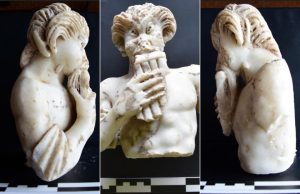
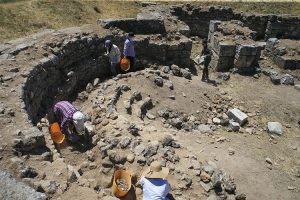
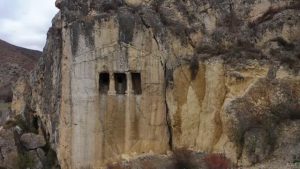
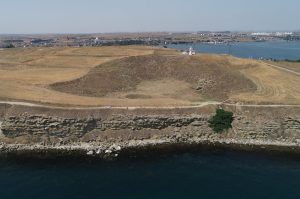
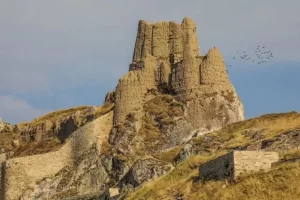
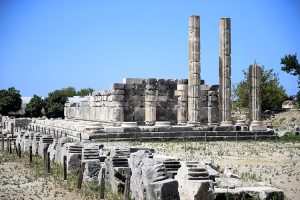
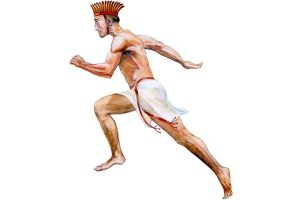

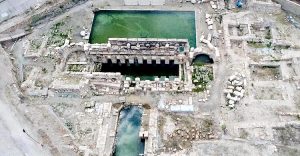
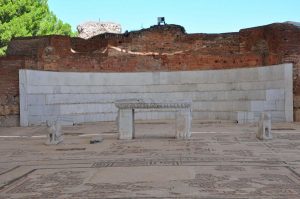
Leave a Reply